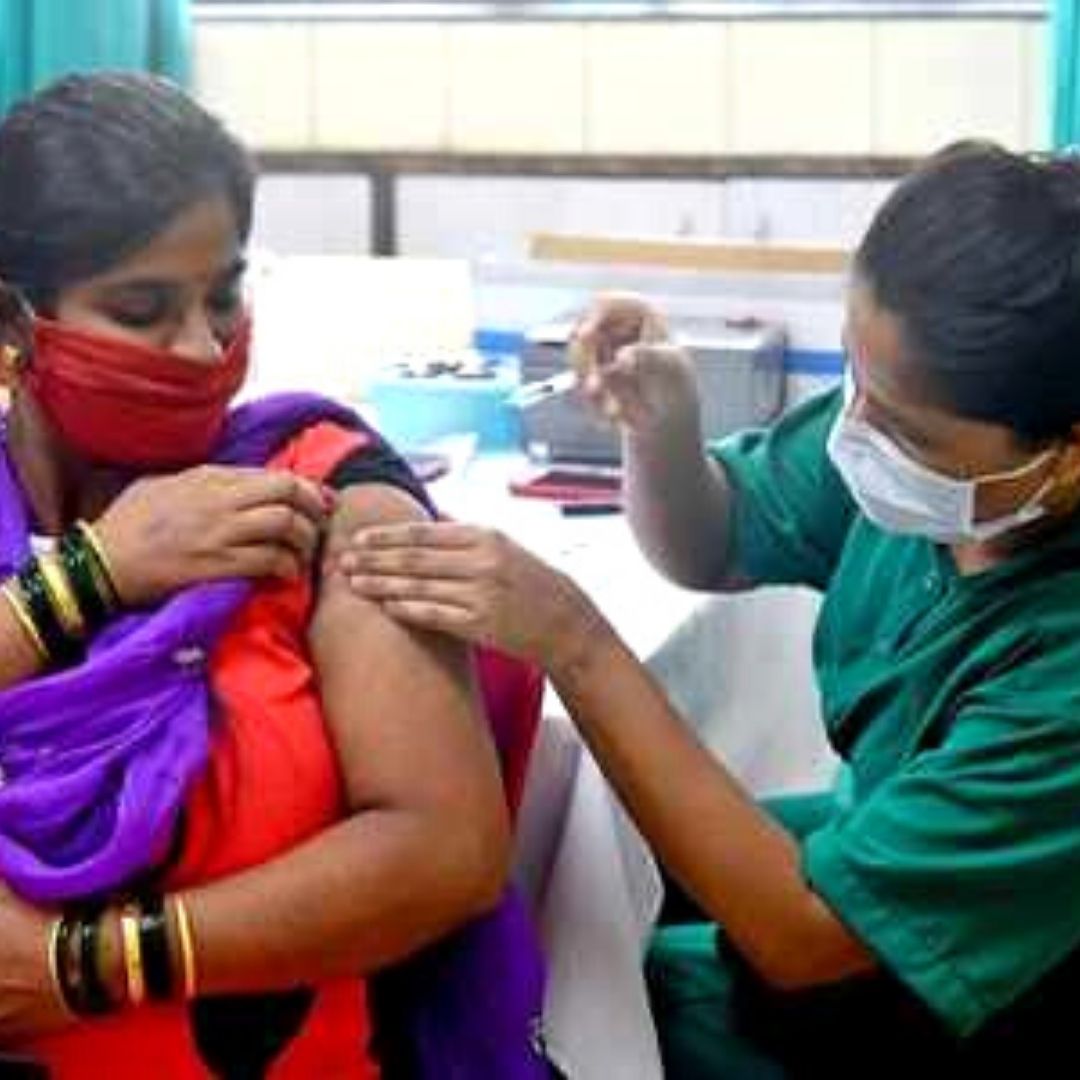
Credits: Times of India
Pune Shows Gender Disparity In COVID Vaccination: Women Less In Number By 1 Million
Writer: Devyani Madaik
A media enthusiast, Devyani believes in learning on the job and there is nothing off limits when it comes to work. Writing is her passion and she is always ready for a debate as well.
Maharashtra, 8 Sep 2021 6:43 AM GMT
Editor : Madhusree Goswami |
A mountain girl trying to make it big in the city. She loves to travel and explore and hence keen on doing on-ground stories. Giving the crux of the matter through her editing skills is her way to pay back the journalism its due credit.
Creatives : Devyani Madaik
A media enthusiast, Devyani believes in learning on the job and there is nothing off limits when it comes to work. Writing is her passion and she is always ready for a debate as well.
One of the primary reasons for this vast gap is misinformation about the vaccine’s side effects on the menstrual cycle and fertility, leaving women in doubt. The gap also highlights the difficulty women are facing in accessing healthcare.
A stark gender gap in COVID vaccination has been witnessed in Maharashtra's Pune district, with women less in numbers by a million compared to men. Around 4.8 million men got the jab compared to women (only 3.8 million of them were administered the jab).
The total number of vaccinations carried out in the district stands at 8.739 million, according to the CoWin website. Apart from men and women, the third gender accounts for 1,756 people. Of the total, 6.3 million have received their first dose, and the rest 2.4 million have received both doses.
Reasons Outlined
One of the primary reasons behind the parity is misinformation about the vaccine's side effects on the menstrual cycle and fertility, leaving women in doubt. Not only this, but the disparity also highlights the difficulty women are facing in accessing healthcare. Daily wagers are hesitant to get vaccinated due to misconceptions about its side effects.
Kiran Moghe, president of Pune Zilla Kamgaar Sanghatana and a women's rights activist, said there are other reasons behind the huge gap. Moghe said they found that women consider their health problems to be secondary and so when the free vaccines at government centres are out of stock or located farther, they either delay or ignore visiting the place.
"Cost becomes a deterrent, and so the government needs to take remedial steps like easy access to vaccine centres and also more government centres. We found that in Pune, house workers hesitate to get the vaccines due to misconceptions about side effects of the vaccine and that even a day's off would mess with their finances and so they avoid taking the vaccine," sge added.
The gender gap is also prevalent at the state level. Of the 64 million doses administered, 29.3 million were given to women, and 34.7 million were given to men. A total of 11,691 third gender people have been vaccinated.
Not A New Trend
The trend of lower vaccination rates among women, however, is not new. omen across all age cohorts are less likely to want to be vaccinated than men. A recent study published in the Lancet shows that women across all age cohorts are less likely to want to be vaccinated than men. At the all-India level, 3.6 crore more men than women have got the jab.
Among the states, Tamil Nadu, Karnataka and West Bengal are leading in terms of bridging the male-female gender gap in vaccination.
Also Read: Inspiring! Jharkhand Teacher Transforms Mud Walls Into Blackboards To Continue Classes During COVID
 All section
All section














